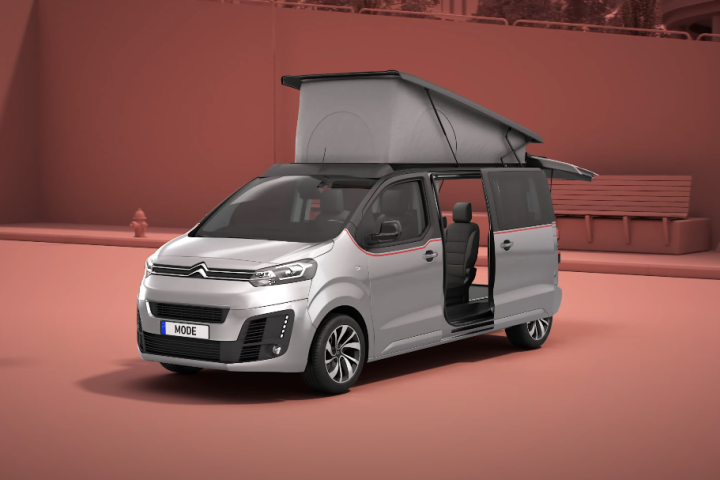Google's Project Glass has intrigued many since it was unveiled in April. It was then that a compelling video showing how the company imagined this technology would be used made people sit up and take notice. In the three months that have followed, Google employees have been seen wearing the Project Glass devices, ably led by company co-founder Sergey Brin. Fittingly it was Brin who took to the stage at the Google I/O developers conference to offer more details on Project Glass, including the pricing and availability.
In order to showcase what Project Glass is already capable of, Google concocted an amazing demonstration. As can be seen in the video below, skydivers conducted a full Google+ Hangout video chat while soaring through the San Francisco air above the Moscone West convention center. They then landed on the roof of the building before heading inside to join Brin on the Google I/O stage.
Other small details revealed at the conference include the presence of sensors detecting where each Project Glass device is on the body and in the wider world, and the fact that Glass will eventually come in different form factors to accommodate those who need to wear spectacles. Beyond that, there is still more that we don't know than we do at this (still early) stage.
The only people who can currently pre-order Project Glass devices are developers in attendance at Google I/O. For US$1,500 they'll receive a prototype version of the spectacles and a software development kit. And Brin no doubt hopes that they create compelling apps for the device. This "Explorer Edition" will be delivered in early 2013, with Brin stating that a "broad consumer offering" should arrive "within a year after that." Which is 2014 for those not too hot on math.
The $1,500 price is a lot of money, and certainly more than was being suggested when Project Glass was first officially announced. However, this sum will likely bear no resemblance to the price asked when the device finally goes on sale to the general public. The version being worn at Google I/O by company employees and offered to developers in attendance is, after all, a mere prototype. Mass-production will inevitably lower the costs to the point that Project Glass should still be priced in line with Android smartphones. If not, then mainstream adoption could be a long time coming.
Sources: Bloomberg Television and Google Developers YouTube Channel
Here's the video of the Project Glass skydiving demonstration at Google I/O.







